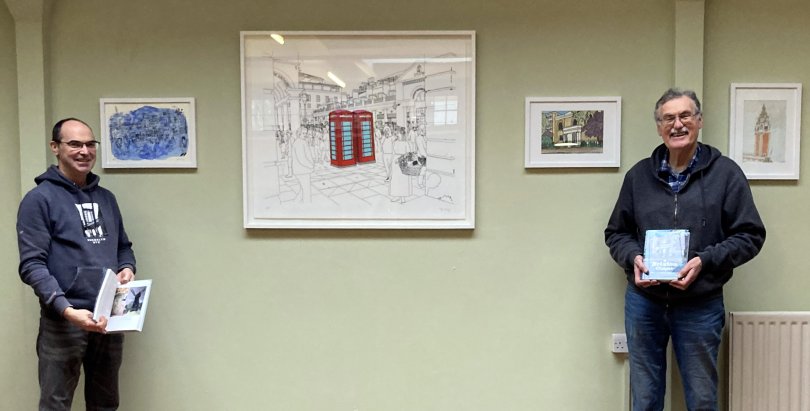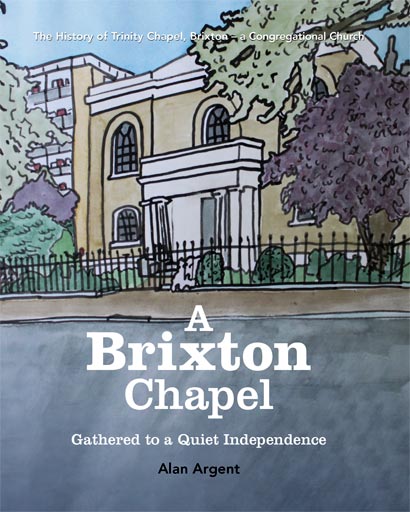The foundation stone of Trinity Chapel, Brixton was laid on 23 September 1828. Given that the life of London chapels has been estimated at some 80 or so years, how has it survived? Curiously it has never occupied a central geographical position but is located in a back street, surrounded by local authority housing, its very being, in its original Georgian building, might be seen as a source of wonder. Why then is it admired, even loved, but has not in the last 50 or 60 years had a large congregation? How might a self-financing and self-governing church (it is Congregational, after all) continue to operate, amid the challenges and changes that have confronted and still confront traditions and institutions, especially churches and chapels in the inner city? Alan Argent tells a story which he knows perhaps better than any. It is a singular story, pulsating with life and energy.
In the early nineteenth century, Brixton was an area boasting farms, livestock and open fields, although its proximity to London proved attractive to those seeking to escape the city’s problems. With the coming of overdue social reform, dissenters were no longer barred from public office and, demonstrating optimism, initiative and distinctive taste outside the establishment, a small group of people (mostly women) founded a chapel there. A few years later the coming of the railways led to signifi cant suburban development and to an increased population. In the Edwardian age, Trinity was serving a lively and demanding community. Two world wars wreaked havoc, although the chapel survived to minister to the needs of a diverse and varying congregation. This is the story of that survival and of its service to a changed and constantly changing city.
About the author
Alan Argent was born and brought up in south London. He attended the London School of Economics, King’s College London and University College London. He has taught church history for Birkbeck College and published many historical articles, a biography of Elsie Chamberlain, a study of Congregationalism in the twentieth century, a catalogue to the Richard Baxter treatises, and edited a study of south London youth in Edwardian London.
Frank Kiely, Illustrator
Frank Kiely studied at the Galway Mayo Institute of Technology, The National College of Art and Design, Dublin, Ireland and The Royal College of Art, London, UK.
Kiely's early works dealt with his school experience as a student with undiagnosed dyslexia. When he moved to London in 2000 be began to create cityscapes initially from the perspective of a minority. Later this work began to include "hidden" or unexpected elements. Recent projects have been inspired by the writings of James Joyce.
Printmaking, painting and drawing are Kiely's main forms of expression. As a printmaker he is best known for his large screenprints, digital prints and etchings. As a painter he works in acrylic or watercolour, on a medium to large scale. Kiely also utilises social media as a creative platform and currently posts daily sketches on Instagram.
Kiely has had many solo exhibitions in Britain and Ireland. Group exhibitions include exhibiting at the Royal Academy, Royal Hibernian Academy, The Mall Galleries and Bankside Gallery. He is a fellow of the Royal Society of Painter-Printmakers and lives and works in London.
Web: www.frankkiely.com
Twitter / Instagram: @frankkiely
Frank is seen below (left) with Alan Argent at Trinity Congregational Chapel

